In today’s fast-moving world of digital marketing, knowing how to use Google Ads is very important. Good Google Ads strategies can help you connect with your target audience and meet your business goals. This guide looks at proven Google Ads strategies to improve your search engine marketing and get the most out of your investment.
Key Strategies for Mastering Google Ads
Google Ads has shown to be a big help for businesses using paid advertising. It helps you reach people who are looking for products or services like yours. Now, it’s easier than ever to connect with potential customers.
To make the most of Google Ads, you need to understand and apply the best strategies. Let’s look at the main strategies you should focus on to build and improve your Google Ads campaigns.
1. Embrace Advanced Keyword Research Techniques
Keyword research is very important for a successful Google Ads campaign. You need to know what keywords your target audience uses. This helps your ads show up in the right searches.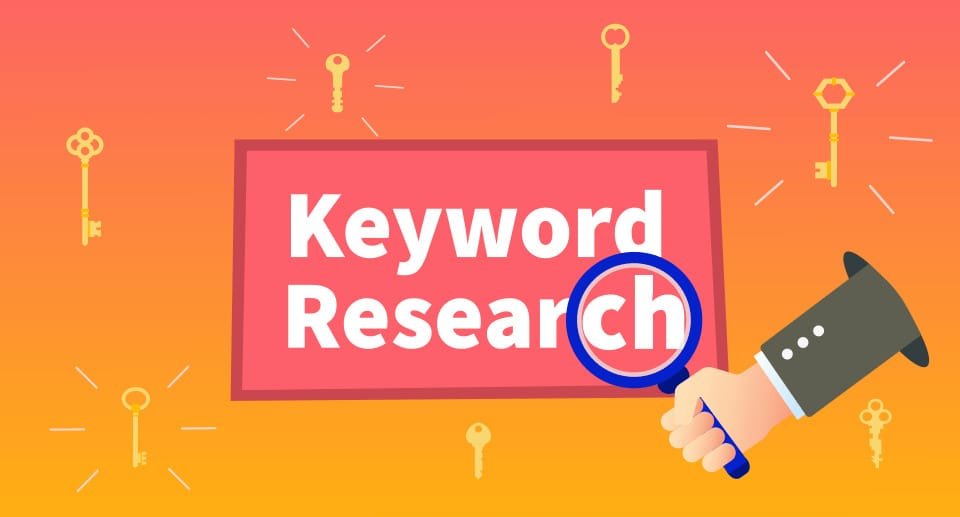
Start by making a list of keywords related to your business, products, or services. Next, use keyword research tools to grow your list. Look for keywords that have high search volumes but low competition.
Focus on exact match keywords to reach specific searches. Also, consider using phrase match keywords to catch a wider range of relevant searches. Remember to check and update your keyword lists often to keep your ads relevant and stay ahead of the game.
2. Craft Persuasive and Clear Ad Copy
Your ad copy is the first thing potential customers see. It is very important to create messaging that catches their attention and gets them to click.
When you write your ad copy, focus on what makes you different and meet the user’s search intent. Use strong action words and create urgency to get people to act right away.
Try different ad styles, like responsive search ads, to change up headlines and descriptions. Make sure your ad copy matches the content on your landing page. This will help create a smooth experience for the user.
3. Design Landing Pages That Convert
Driving traffic to your website is just part of the challenge. Once potential customers visit your site, you need to convert them into leads or paying clients.
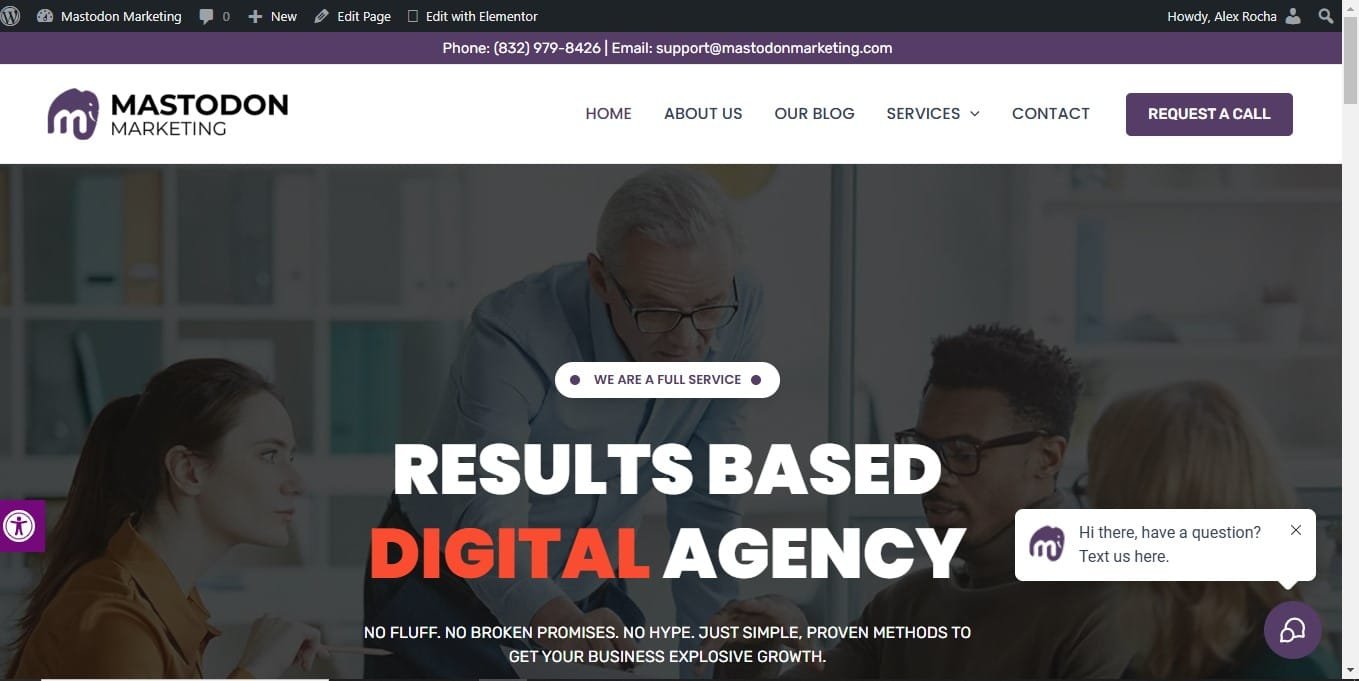
Your landing page should have a simple message that matches your ad copy. Make sure the design is clean and easy to move around. Include a clear call to action that encourages visitors to take the next step.
It’s important to regularly test different parts of your landing page. This includes headlines, images, and where you place your call to action. Doing this will help increase your conversions and get the most from your ad spend.
4. Implement AI and Automation Tools
Google Ads has strong AI and automation tools that can greatly improve your campaign performance and save you time. A great example of this is Performance Max campaigns.
These tools use machine learning to look at a lot of data. They help optimize bids, find the right audience, and even create different versions of ad copy. Using these tools can make your campaigns run smoother and help you make choices based on data.
But keep in mind, AI and automation are very helpful, but they aren’t a replacement for human control. You should regularly check on your automated campaigns and make changes when needed. This way, your campaigns will stay in line with your overall strategy and goals.
5. Maximize ROI with Smart Bidding Strategies
Manual bidding takes a lot of time and skill. To make it easier and get the most back from your investment, use Google Ads’ Smart Bidding strategies.
Target ROAS (Return on Ad Spend) is great if you want a certain return from your ad spending. It automatically sets bids to help you reach your ROAS goal. Another good choice is Target CPA (Cost Per Acquisition). This focuses on getting conversions at a fixed cost, and it works well for gaining leads or encouraging specific actions on your site.
Try out different smart bidding strategies to find out which one works best for your campaigns.
6. Reduce Costs by Using Negative Keywords
Targeting the right keywords is very important. But it’s also key to find and block irrelevant keywords. These irrelevant ones can make your ads show up for the wrong searches. This is where negative keywords help.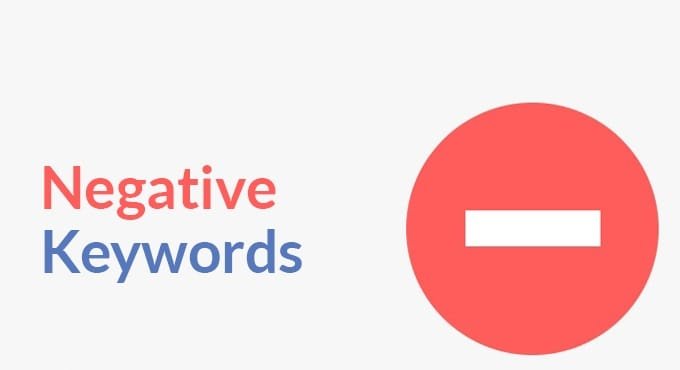
By adding negative keywords to your campaigns, you stop your ads from appearing in irrelevant searches. This will help you be more focused and can reduce costs for your PPC campaigns. For example, if you sell ‘leather shoes’ but do not sell ‘canvas shoes’, you should add ‘canvas shoes’ as a negative keyword. This way, your ads will not show up when people search for that term.
Make sure to check your search terms report often. By doing this, you can add any irrelevant keywords as negative keywords. This will help you save money, make your campaigns more relevant, and boost your overall ROI.
7. Enhance Campaigns with Geo-Targeting
Geo-targeting helps you aim your ads at specific areas. This way, your ads get to the right audience. It’s especially helpful for businesses with a store or those looking for local customers.
By sending your ads to certain cities, regions, or even zip codes, you can spend your budget in the places where your audience is most likely to be. This makes your ads more relevant and improves the success of your local search campaigns.
But, it is important to pick the right geo-targeting options that fit your business needs and goals. Think about things like language and keywords in those areas to make your targeting even better.
8. Personalize Ads Through Audience Segmentation
Effective audience segmentation is very important for showing relevant and engaging ads. You should divide your target audience into smaller groups. Do this based on things like demographics, interests, online behavior, and other important factors.
You can then create personalized ad campaigns for each group. This way, the ads meet their specific needs and preferences. It helps connect with your audience more deeply. This can improve ad relevance and lead to better results.
Keep in mind that good audience segmentation needs a strong understanding of your target audience. Use tools like Google Analytics and other data to learn more about your audience’s behavior, interests, and demographics.
9. Experiment with Various Campaign Types
Google Ads has different types of campaigns. Each one is designed for specific marketing goals. Sticking to just one type may cause you to miss out on useful chances.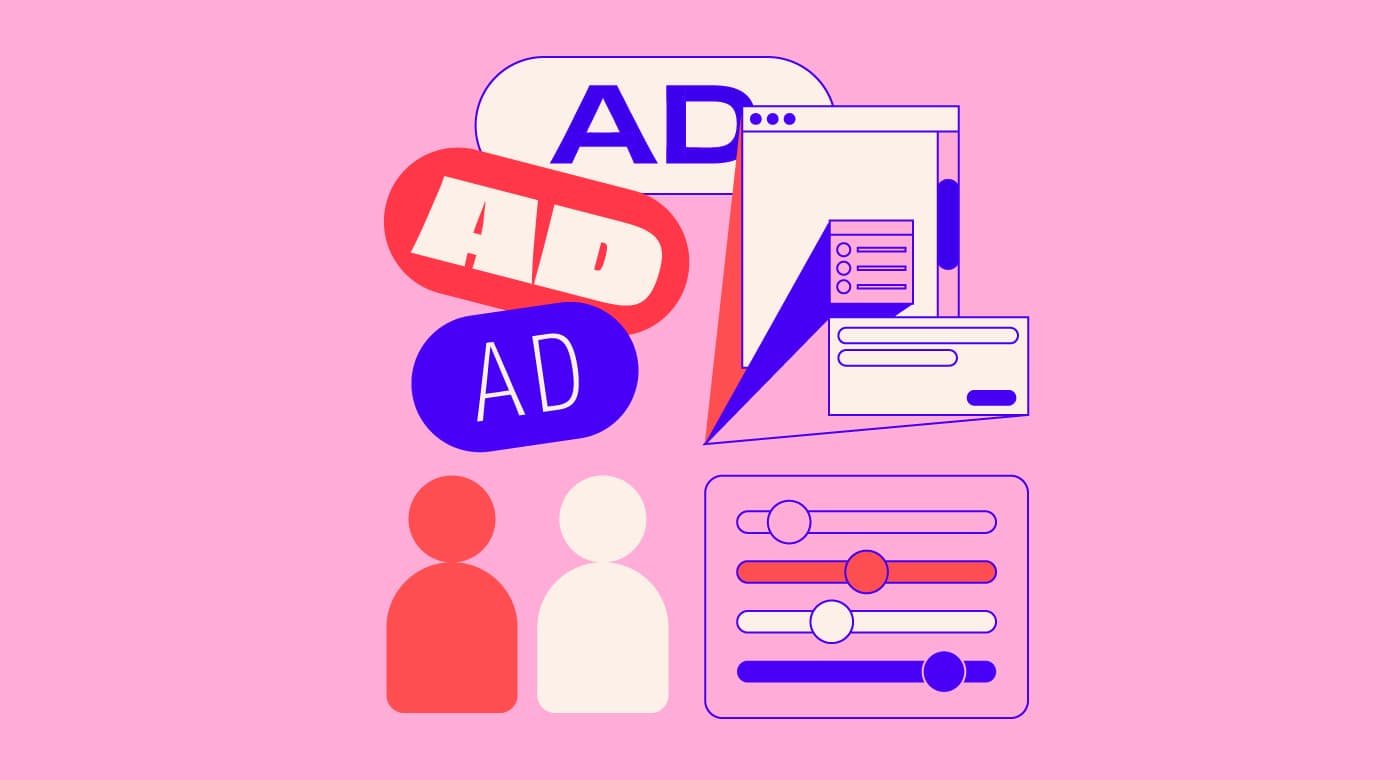
You should try different campaign formats like search campaigns, display ads, and shopping ads. Find the ones that work best for your marketing goals and your target audience. Use eye-catching visuals and clear messages in your display ads to grab attention.
If you sell many products, use shopping ads to show them well and boost sales. Make sure to adjust your ad designs and bidding plans for each type of campaign. This will help improve your results.
10. Optimize Ad Scheduling for Better Engagement
Displaying your ads at the right time is very important to get the best results. Look at your data to find out when your target audience is most active online. Schedule your ads to show up during these peak times.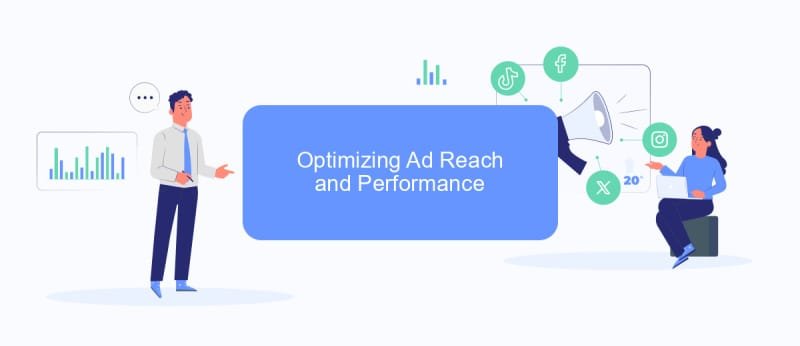
Ad scheduling helps ensure that your ads reach the right people when they are most likely to see and interact with them. This can lead to more clicks, conversions, and a better return on your ad spending. For example, if you find that people engage more in the evenings or on weekends, change your ad schedule to focus on those times.
Keep an eye on your campaigns all the time. Make changes based on how well they perform. This will help you time your ad delivery better to increase visibility and impact. With this approach, you can improve your campaigns and connect with your target audience when it really counts.
11. Boost Conversions with Retargeting Techniques
Retargeting helps you reconnect with people who have already looked at your website or ads. By showing ads to these users, you keep your brand fresh in their mind and encourage them to take action.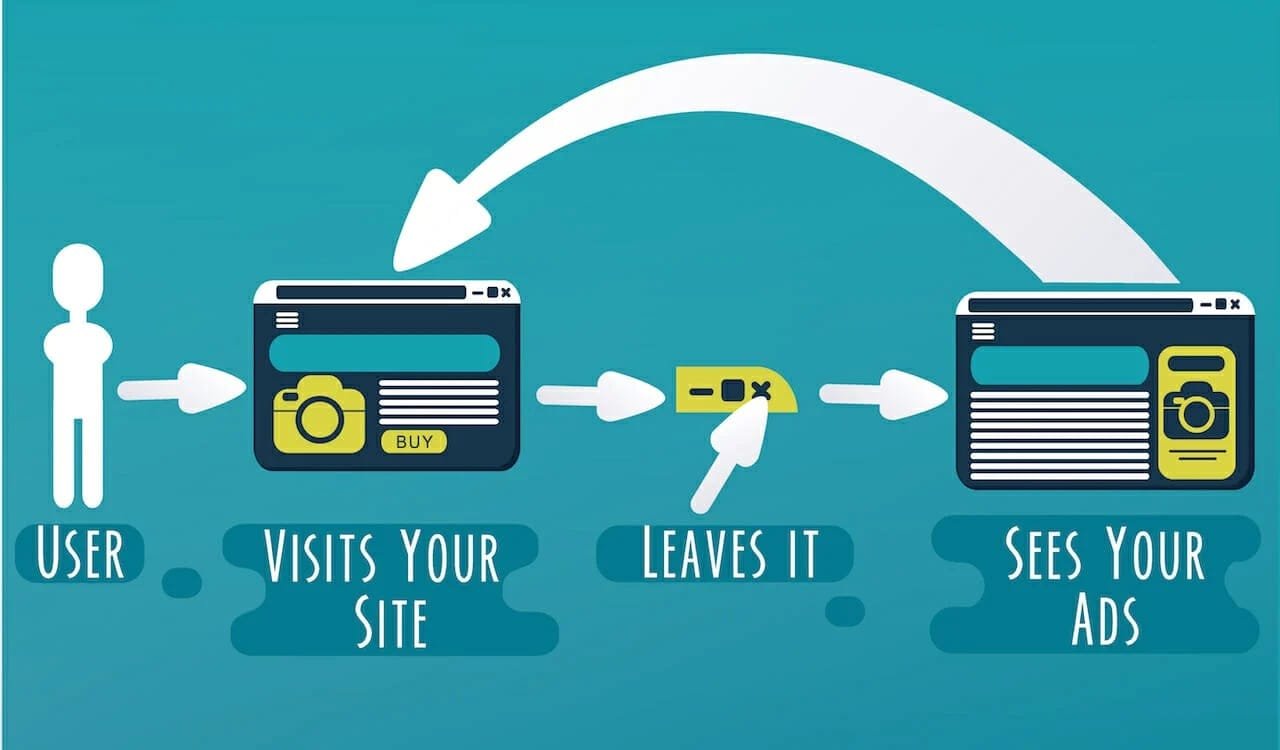
Run retargeting campaigns to find users who have seen certain product pages, added items to their cart, or left your site without buying. These campaigns are great for nurturing leads and steering them toward making a purchase.
Make sure to use attractive ads and special deals to draw in users who have shown interest in what you offer. Customize your message to meet their needs or worries, which can improve your conversion rate.
12. Utilize A/B Testing to Refine Ads
Continuously improving your ads is very important to make them work better. Doing A/B testing helps you try out different parts of your ads. This way, you can find which versions are most effective.
Test different things in your ad content, like headlines, descriptions, images, and call-to-action buttons. By looking at how different versions perform, you can learn what your target audience likes.
Use what you learn from A/B testing to make your ads even better. Keep trying new changes to stay ahead and make sure your campaigns work well in the fast-changing digital world.
13. Analyze Success with Comprehensive Analytics
Regularly checking and analyzing your Google Analytics data is important. It helps you see how well your campaigns are doing and make smart changes. Focus on key metrics like click-through rates, conversion rates, and cost-per-conversion to measure campaign performance.
Set up conversion tracking. This will show you which keywords and ads lead to the most valuable actions on your website. By understanding these insights, you can improve your bidding strategies and use your budget better.
Use Google Analytics to learn about how users interact with your website. Look at things like landing page engagement and bounce rates. This information can help you find areas to improve and sharpen your ad campaigns even further.
14. Continuous Improvement with Data-Driven Insights
The digital marketing world changes a lot. Sticking to the same Google Ads plan won’t bring lasting success.
Keep checking how your campaign is doing. Use data to find out where you can improve. Look at your ad copy, bidding strategies, and landing pages. Make sure they match your goals and connect with your target audience.
Try new features and campaign types like Performance Max. You might find what works best for your business. Always look for ways to improve. This will help you stay ahead of others and find long-term success with Google Ads.
15. Leverage External Tools for Enhanced Performance
While Google Ads offers many tools, using outside tools can give you extra insights. This can help make your ads work even better.
For example, keyword research tools can give you important data. They show search volume, competition, and keyword ideas. This information helps you target better and find new chances. On the other hand, ad copy testing tools can help you make more exciting and effective ads.
These outside tools give you an edge because they add to what Google Ads already has. However, picking the right tools should match your needs and what you want to improve in your campaigns.
Optimizing Your Google Ads Campaigns
Optimizing your Google Ads campaigns is something you keep doing over time. You need to understand the details and keep improving your methods.
As the world of digital marketing changes, it is important to adjust your plans. You should use new features and technologies to make sure your campaigns still reach your target audience. Let’s look at some main strategies to optimize your Google Ads campaigns.
Focus on High-Performance Keywords
Not all keywords are the same. Find and focus on the best keywords that bring the right traffic and sales for your business.
Look for keywords that have a good mix of search volume and fit well with your products or services. Check their performance often. Change bids or pause keywords that are not doing well. Use exact, phrase, and broad match keywords to cover all bases.
Keep an eye on search terms reports. This will help you find new chances and add negative keywords. Doing this will help you better target your audience. By focusing on strong keywords, you can make your campaigns more effective and get a better return on investment.
Utilize Ad Extensions for Increased Visibility
Ad extensions give extra information and make your ads stand out. This helps catch the attention of potential customers.
You can use sitelink extensions to take users to specific pages on your site. This can include pages for products, pricing, or testimonials. It helps improve navigation and user experience.
Also, use call extensions for mobile users. This lets them see your phone number and contact you easily.
Think about using location extensions too. This shows your business address, which helps local customers find you. When you use ad extensions wisely, they can boost click-through rates and make your ads more effective.
Prioritize Mobile Optimization
With more people using mobile devices, it is very important to optimize your Google Ads campaigns for a good mobile experience. Make sure your landing pages are easy to use on phones. They should load fast and work well on different screen sizes.
Use mobile-specific ad formats, like responsive display ads. These ads change size and look to fit different ad spaces. Think about creating mobile-only campaigns or ad groups. This way, you can adjust your messaging and bidding strategies just for mobile users.
A good mobile experience helps improve ad performance. It also helps strengthen your brand image and boosts conversions.
Understand the Importance of Quality Score
Quality Score is very important for Google. It helps decide how well your ad ranks and how much you pay per click. To get the best ad visibility and lower costs, keep your Quality Score high.
You can improve your ad quality by making sure it relates to the right keywords. Create engaging ad copy and give users a good experience on your landing page. A great landing page that matches your ad’s message and has useful content boosts your Quality Score.
Check your Quality Score often and change your campaigns as needed. By paying attention to what affects your Quality Score, you can create better campaigns and get better results.
Align Your Ads with User Intent
Effective Google Ads campaigns need a good understanding of what users want. When people search online, they usually have a clear goal. They might be looking for information, wanting to buy something, or checking out different options.
It’s very important to match your ads with what users are searching for. This helps you reach the right audience and improve your chances of getting them to take action. You should look at the keywords people use and write ad copy that meets their needs and offers helpful solutions.
When your ads reflect user intent, you create a stronger and more effective advertising experience. Aim to provide the information or solutions they are looking for at the right time. This way, you can increase conversions.
Conclusion
Mastering Google Ads takes a good plan. It includes strong keyword research, appealing ad copies, and landing pages focused on conversions. Using AI tools, smart bidding, and geo-targeting can help improve your return on investment (ROI) and boost your campaign performance. Keep refining your work with A/B testing, audience segmentation, and looking at data to ensure lasting success.
By using external tools and keeping your quality score in line with what users want, your Google Ads can perform really well. Always check your success metrics and change your plans as needed for better results in a changing digital advertising world. Start using these tips today to take your Google Ads to the next level.
Frequently Asked Questions
What Are the Best Practices for Keyword Research in Google Ads?
Effective keyword research means using tools like Google Keyword Planner. This helps you find relevant keywords that many people search for. You should also check what keywords your competitors use. Think about what users search for. Focus on keywords that match your business goals.
How Can AI and Automation Improve My Google Ads Performance?
AI and automation are important in Google Ads. They help improve your bid strategy and make ad delivery better. Campaigns like Performance Max can give you Google Ads tips to boost the success of your ad campaign.
How Do I Determine the Right Budget for My Google Ads Campaign?
Figuring out the right budget is based on things like your target CPA, conversion value, and overall marketing goals. You should think about using smart bidding strategies in your Google Ads account to make the most of your ad spend.
What Metrics Should I Track to Measure Google Ads Success?
Use conversion tracking in Google Analytics to check important numbers like conversion rates, cost-per-conversion, and click-through rates. Looking at Google Ads data helps you see how well your ads are doing and helps you make smart choices to improve them.



